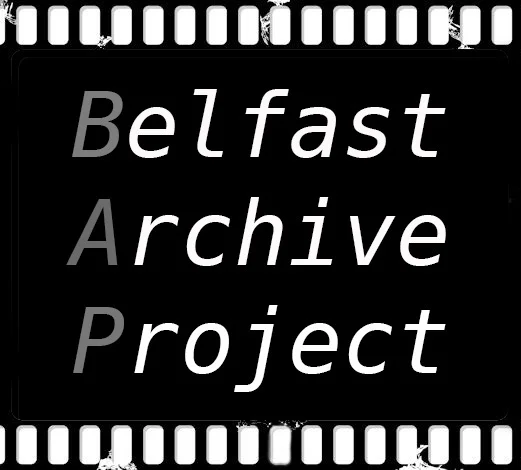Collected images
Unknown Origin NI Scouts 1923-1928
(Review in Culture NI magazine of exhibition held in Red Barn Gallery 2012)
Good for the Red Barn, the ultimate scavengers of the photographic record! Literally so in this case: the 69 glass plates of extraordinary quality which have enabled this exhibition were rescued from an East Belfast skip. These images are all the more valuable because most centrally held Scout records were destroyed during the Troubles.
A wave of nostalgia overcomes me! I too was once a Scout though in the early 1960s rather than in 1920-1928 as revealed here.
The photographs mainly record summer camps and I am struck by the similarity between the experiences of these evidently halcyon days for the boys concerned and my own nearly forty years later.
They use bell tents rather than ridge pole tents, they carry their gear to the camp site in splendid vehicles of the era, by hand cart, in horse drawn wagon, in a commandeered bread van, and they even utilise a donkey. In my day it was an ex army lorry. But their kit bags are the same as ours were. Other camp site features are familiar. The ubiquitous ‘Dixie’ in which vast stews were constructed over open fires, or on Heath Robinson ranges, was just as prevalent in 1960 as in 1920.
There is a greater military precision and emphasis in the encampment of the 1920s as compared with the 1960s. The impact of Baden Powell was still fresh. The tents are in precise rows. The daily inspection was done with exactitude. Enormous union jacks flew over campsites. They seemed to have diminished or disappeared by my time. I know we still pledged our allegiance to God and the Queen, but we did so aware that it was an anachronism.
Perhaps the early movement was saved from the fate of being just another paramilitary organisation by Baden Powell’s stern injunction that it should eschew politics. In Ulster it wasn’t possible to evade various talismanic features of identity. In Ireland, following partition, separate organisations developed North and South, but what is heart warming is that by the early 1970s they were already co-operating closely, and in the context of an international movement that even in the 1930s had won the endorsement of the League of Nations.
Beyond any historical narrative what these photographs capture is young people enjoying new experiences, and having doors opened to them which might otherwise have remained closed for ever. If I have one regret about the focus of our anonymous photographer it is that he doesn’t stray far from the camp site itself. Perhaps his equipment was still unwieldy. But these camps were merely the bases from which we all sallied forth for wider adventures.
For those who went to Newcastle climbing Slieve Donard was part of the experience. I was there myself a few weeks ago, and one of the reasons I still go to the mountains is because of my experiences in the Scout movement.
There are still mysteries here. Which Scout Troop is involved? I have a suspicion that it may have been one from the County Antrim shore of Belfast Lough. In 1920 we find them bathing, and with evident pleasure at Whiteabbey. No Scouts from afar would have travelled especially for the pleasures of this always freezing and then somewhat polluted shore!
Early camps were at Islandmagee, very much within that County Antrim bailiwick, though they do very much spread their wings. In Ulster Newcastle is a favourite, as with many other troops, though they also go to Ballygawley. By 1923 they get as far as Ardrossan in Scotland, followed by Blackpool in 1926 and 1927.
The ultimate trip is to France in 1928. There are delightful shots here of the party on the cross channel ferry. They do the obvious and are found in front of the Arc De Triomphe, but they also visit the First World War battlefields with their freshly minted graveyards. Faces are more solemn here – no doubt not a few of their fathers were lost there.
I doubt that any of these cheerful fresh faced and healthy looking boys are alive now. It would be great if one result of this exhibition would be to identify them.
John Gray
Chuck McAteer, Alain Julien and Joe Quinn
100% of every donation goes directly to programming. We deeply appreciate your support!
Social media
-
Great book launch for Michael McCann at Cultúrlann! Pick up a copy of his Burnt Out: How the Troubles Began!… https://t.co/M9GHarkXCG
-
RT @Inter_Arch: Nice to see more material on the Belfast Archive website. Includes Gerry Collins shots of Bombay St in August 1969… https://t.co/kgtGGySLiK
-
RT @Inter_Arch: Bombay St, 1969 and first (Troubles-era) barricades in #Belfast. Photos by Gerry Kelly on @ArchiveBelfast https://t.co/H4mAW2GHRX






















